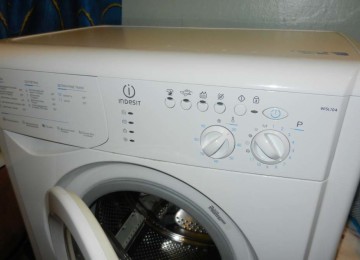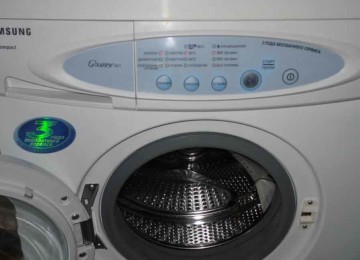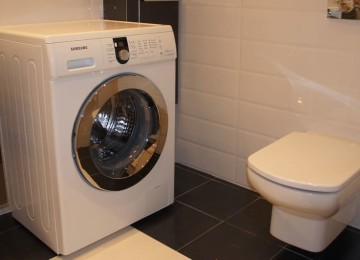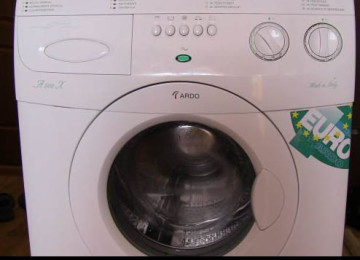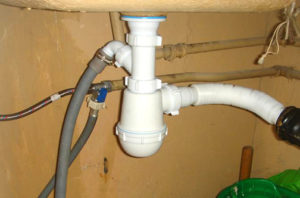 Connecting washing machines to the water supply is still a pressing issue. And each buyer practically has his own, separate solution. At the same time, many people use a special siphon for the sink with an outlet for the washing machine, which is the most correct solution.
Connecting washing machines to the water supply is still a pressing issue. And each buyer practically has his own, separate solution. At the same time, many people use a special siphon for the sink with an outlet for the washing machine, which is the most correct solution.
Siphons: main purpose
Siphons are needed not only to protect premises from unpleasant odors.
Such devices have much more functions:
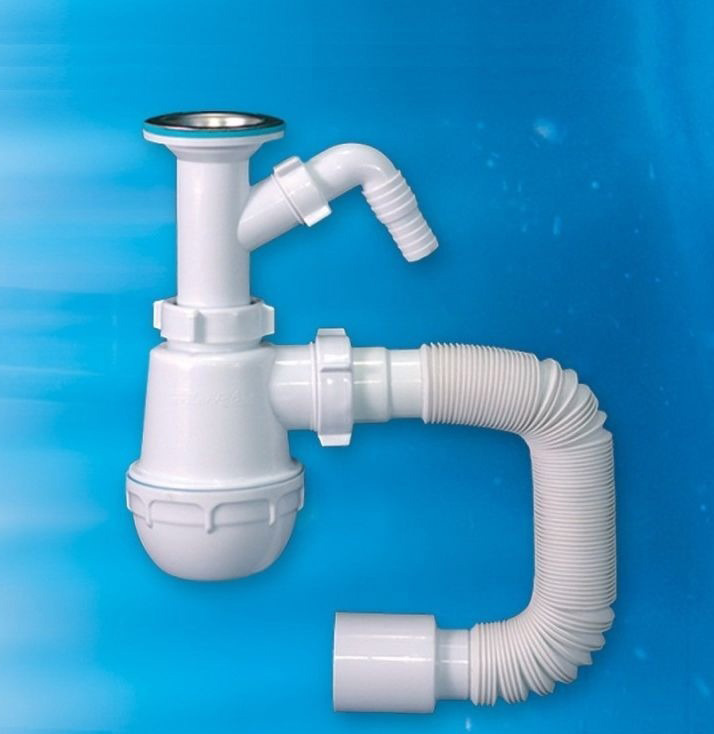
- Simplify the operation of the water pump. After all, a hose that is quite long is used.
- Cleaning as necessary will not cause difficulties, because access to the insides is easy and simple.
- The hydrosizer is the main part that prevents the appearance of unpleasant odors and additional noise.
- Protection against various harmful microorganisms.
But in this case, you cannot do without additional extension. And the height will need to be sufficient, at least 500 millimeters above the floor. Such solutions do not always look attractive in existing interiors.
Description of the device and operating principle
Siphons are considered useful accessories that help reduce the load on pumps. In addition, they eliminate many of the hassles associated with system maintenance.
Structurally, the device is designed to form a so-called water seal. That's why experts say that this is a really necessary detail.
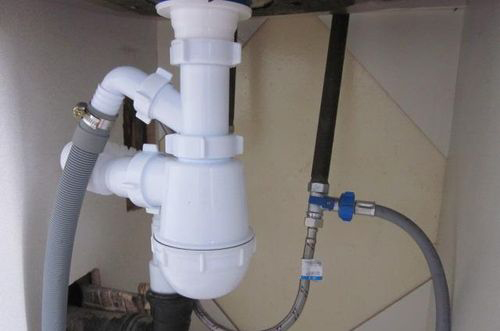
At its core, a siphon looks like a pipe with a curved channel. A certain amount of liquid is used inside, due to which the escape of gases after draining is completely prevented. The water plug prevents excess particles from getting inside the main parts of the system.
It is now difficult to imagine connecting washing machines to a drainage system without the use of siphons. These same devices make it possible to connect other equipment such as sinks, showers, and so on.
The devices are made of plastic, because it is protected from rust even when exposed to moisture. Brass and copper are also used, but less frequently.
Getting ready for further use
After this, you can choose the place where the equipment will be installed. We also need to decide on the method of laying communications. It is necessary to take into account the features of a particular siphon model so that the work is done correctly.All that remains is to choose the appropriate tools and additional materials.
What rules are followed when connecting?
Some manufacturers have low efficiency pumps.
Other recommendations can be made:
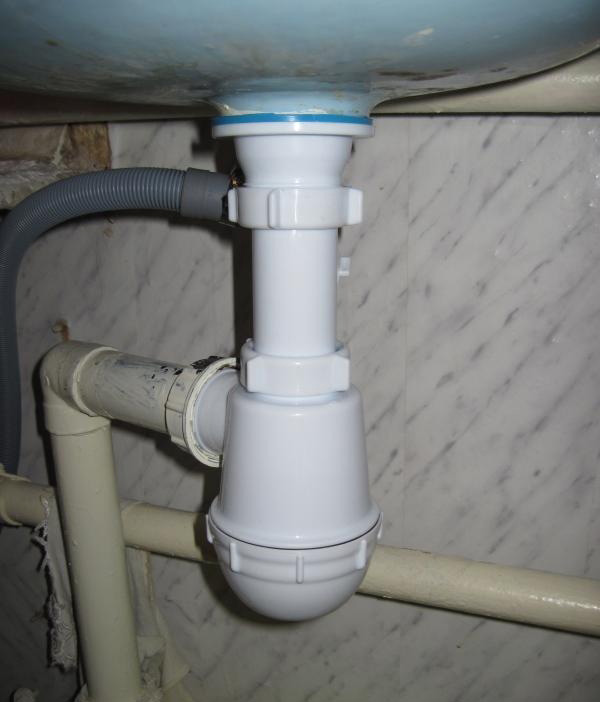
- It is not recommended to lengthen the hoses during installation.
- Pulling a hose onto the outlet pipe is a standard scheme that can be used to connect equipment to a siphon.
- A union nut is another acceptable option.
But in this case, operating the pump is often difficult. And the device fails ahead of time. If the hose length is not enough, then manufacturers recommend abandoning the idea of extension. It is better to lay additional sewer pipes with sufficient diameter. Then there will be fewer difficulties in your work.
If only an extension is available, the hose must be secured in such a way that a certain slope towards the sewer pipes is maintained. The manufacturer's instructions should describe in as much detail as possible what actions are performed and how they are performed. In normal situations, the open end of the drain pipe should be located at a height of at least 60 centimeters from the floor level.
Installation: some features
If the room is small enough, then owners often have to place the machines downstairs under the sink. In this case, the dimensions of the latter must exceed the dimensions of the device. Then moisture will not get on the equipment.
Siphons are usually chosen with a vertical arrangement. This allows you to make sure that the equipment is as close to the wall as possible. Manufacturers supply such products assembled.
All that remains is to install it in the socket of the outlet network, where the sealing ring is also installed. Do-it-yourself installation allows you to save additional funds. One of the main disadvantages is the need to place the siphon closer to the sink.
How is the installation done?
Automatic washing machines are expensive types of equipment. Therefore, you must strictly follow the manufacturer's instructions when installing. The higher the cost of the product, the more expensive the repair will be later.
Installing siphons with a branch
Siphons have an appearance that is in many ways similar to ordinary sinks. The only difference is the lack of a separate branch pipe to which the machine is connected. Installation also has a standard scheme, which is used in almost all bathrooms. Sometimes only the tube with the nipple is changed, and not the siphon itself, but such options cannot be considered acceptable.
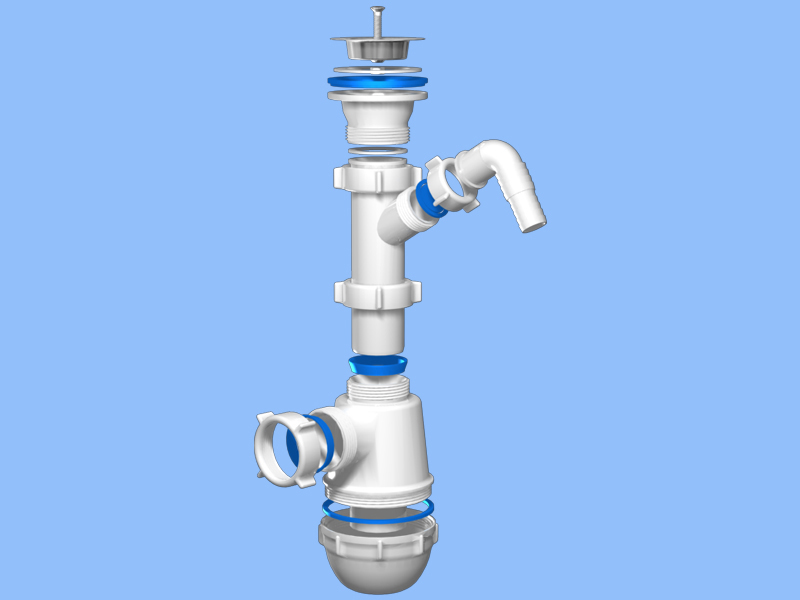
The description of the process will be as follows:
- We remove the old device completely. For this, two plastic nuts are unscrewed, which are responsible for fastening to the drain, other parts. The main thing is not to forget to put a container where dirty water flows.
- The sink drain into the sewer is thoroughly cleaned. Dirt and deposits must be completely removed.
- We install a new siphon. The main thing is not to forget to tightly screw in the plastic nuts when the work is almost finished.
- We put the hose from the machine on the nipple, which is intended for this.
- The connection is tightened to ensure maximum tightness.
About the installation of built-in products
The main thing is to think in advance about how the washing machine connects to the sewer. Special siphons for water drainage are built in if the equipment has its own permanent place. The installed product is completely covered using moisture-resistant plasterboard. There should be a tile on top. Only a small outlet should be left outside, through which the hose is connected.
Putting on the nut or tightening it are simple but effective ways to complete the fastening. These types of siphons have the main advantage of maintaining a small distance between the machines and the walls. The connections themselves have an attractive appearance.
Thanks to siphons, pumps are protected from additional loads. Provides complete protection from harmful effects from the sewerage system.
Check valves: what are they for?
Non-return valves are additional devices installed in the same place where the washing machine is connected to the sewer. Purpose – to prevent spontaneous drainage of water. In addition, this part of the design prevents wastewater from entering the system from the sewer system. This is relevant in case of blockages or flooding.
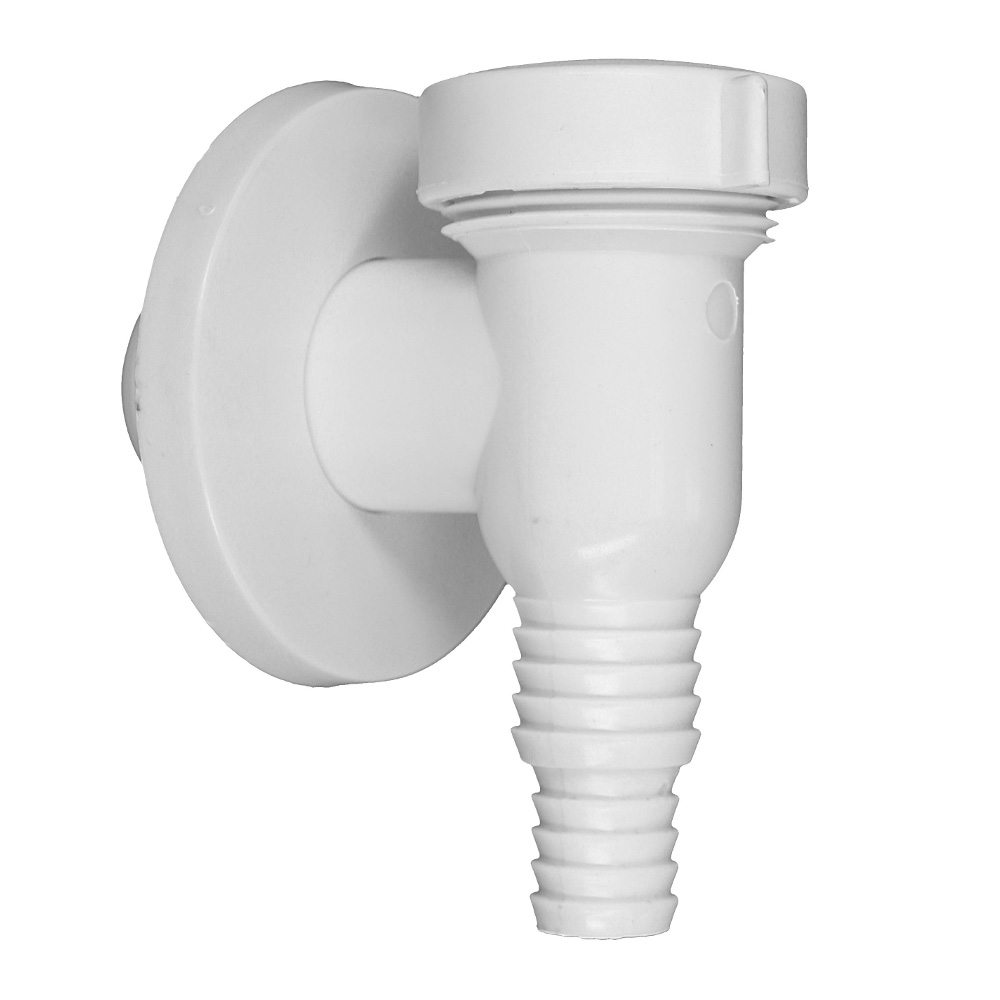
In the latter case, a siphon equipped with a check valve is needed.
Check valves are built into the connecting sleeve, which are usually used for fastening. Such devices are available in various varieties.Some models are specially designed for the washing machine drain hose.
Connected equipment: testing
The quality of the connections is checked for leaks after the work is completed. Bolts, clamps, nuts and other similar elements should be tightened as tightly as possible.
After this, all that remains is to turn on the washing machine and select an operating mode so that a sufficient amount of liquid is collected. Afterwards, the mode is changed so that the water is drained as usual. A layer of paper towels or toilet paper is placed where the joints go.
Installation and some features
A sink or countertop can hold sinks that operate with an overflow. The main thing is to know in advance where and how the machine itself will be located.
- The location is exactly under the sink. Then siphons built into walls or flat ones are suitable. All that remains is to screw them to the drain near the sink. The corrugated hose is inserted into one of the outlets. The other end of this device should already be directed into the sewer pipe. The drain hose of the washing machine is connected to the second outlet; fastening involves the use of a clamp. This completes the installation.
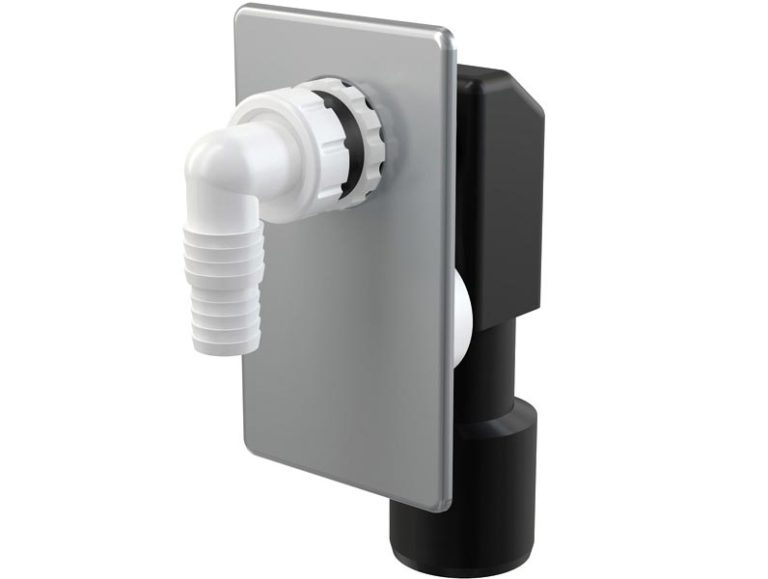
wall-mounted siphon
- Under the countertop, to the left or right of the sink. In such situations, it is allowed to use any siphons equipped with outlets for sinks. But this is only theoretical. You just need to take into account that the space under the sink remains open. This means that an outside visitor will easily notice the complete design of the siphon.Another reason to choose wall-mounted varieties.
- The washing machine is located at a considerable distance from the sink, under a long countertop. This arrangement also implies the possibility of using any siphon. All that remains is to make sure that the appearance of the room does not suffer too much. But there is one additional feature that needs to be taken into account. After all, the washing machine is located quite far from the sink. Therefore, the standard drain hose may not be long enough. You will have to buy an extended device. It is this variety that replaces the standard one.
Conclusion
It doesn't require much effort to install a sink siphon. You will even need a small amount of tools. Difficulties may arise only in purchasing a siphon with characteristics suitable for a particular case. But if you just spend a little time studying the relevant information, the task becomes easier.






